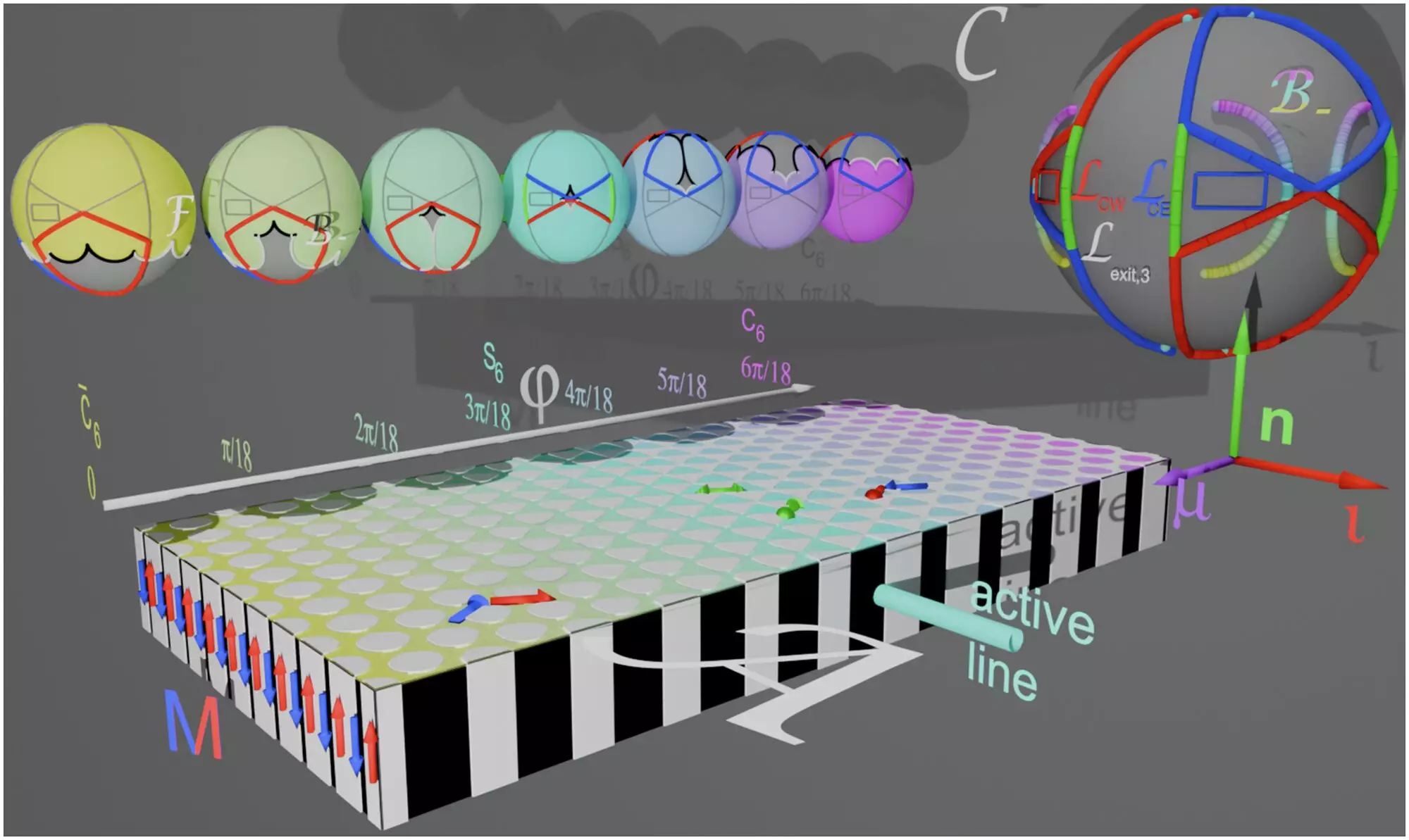At the University of Bayreuth, a groundbreaking advancement promises to reshape the landscape of microscopic engineering. Researchers have unveiled a sophisticated technique to control the growth and movement of micro-runners using magnetic fields. This innovative approach involves assembling paramagnetic colloidal spheres into precise rod-like structures—essentially creating a factory for tiny bipeds that operate independently once fully developed. The implications of this research, detailed in *Nature Communications*, extend far beyond mere curiosity; they could significantly impact medical and technological applications.
Understanding Colloidal Dynamics
Colloidal particles, often measured in the nano or micrometer range, boast immense potential as carriers for drugs and biochemicals in medical treatments. By leveraging their unique properties, scientists can manipulate these minuscule entities to perform complex tasks that were previously inconceivable. What sets the current method apart is the external magnetic field that orchestrates the growth of these particles into functional micro-runners, rather than requiring continuous human intervention. This self-sufficient behavior suggests an exciting shift toward automating microscopic operations in real-time.
From Concept to Creation
The research team, including notable figures like Prof. Dr. Thomas Fischer and Jonas Elschner, has created what they term a “biped factory.” Through the meticulous engineering of magnetic metamorphosis patterns, they have programmed the microspheres to connect and grow into bipeds of varying lengths. This ability to tailor the length and directionality of each biped introduces a level of precision and versatility previously unseen in micro-manufacturing.
The innovative method hinges on a time-dependent magnetic loop, which guides particles along specified paths during their growth phase. When paired with the precisely crafted patterns on which they rest, the variations in magnetic force allow different bipeds to be directed towards individual goals—effectively crafting a coordinated assembly line of microscopic runners.
The Potential Applications
These advancements have staggering implications, especially in fields like biomedicine, where targeted drug delivery could become more efficient and effective. Imagine a scenario where tiny runners navigate their way to specific sites within the human body, delivering treatments exactly where they are needed without the risk of affecting surrounding tissue. Moreover, the potential for creating programmable materials that can self-assemble on-demand offers transformative possibilities in various technological domains.
As this research develops, we could be on the brink of ushering in a new era of micromachine intelligence, contributing to miniaturized robotics and advanced therapeutic solutions. The whimsy of tiny robots instinctively running towards their destinations may soon transform into reality, symbolizing a fusion of nature’s ingenuity and human innovation.
A Call to Engage with the Future
Encouragingly, this research does not exist in isolation; it reflects a collaborative spirit among academic institutions, with partnerships extending to the University of Kassel and the Polish Academy of Sciences. Such collaborations are vital as the challenges and opportunities in nanotechnology demand multidisciplinary approaches. As we embrace these developments, it is imperative for industry leaders, academic institutions, and policymakers to engage closely with the researchers to ensure that the benefits of these breakthroughs translate effectively from the lab to real-world applications, further enhancing the quality of life and opening new frontiers of science.


Leave a Reply